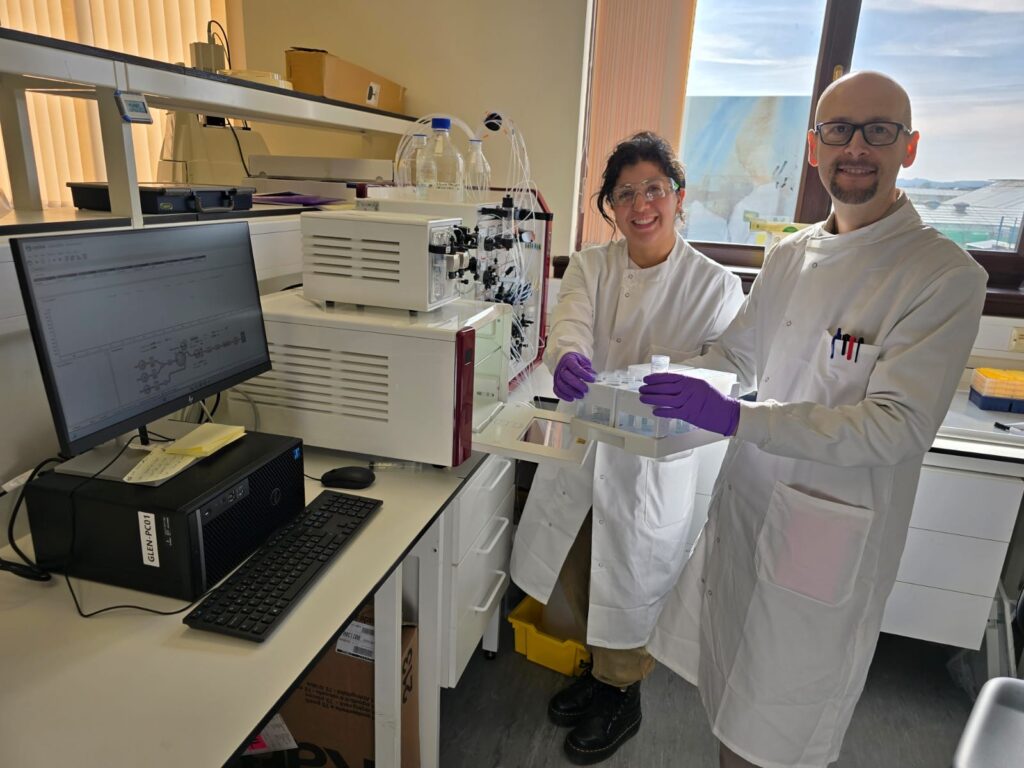Glen Clova Scientific moves to new laboratories at The James Hutton Institute
The James Hutton Institute is delighted to announce that Glen Clova Scientific Limited (GCS), the immunology and inflammation drug development company, is relocating its R&D operation to the Hutton’s Invergowrie campus.
The team previously worked in separate locations but can now be together in one place, using the bigger lab space to develop its science.
Director of Operations, Alasdair Cox, said, “We are delighted to have Glen Clova Scientific as one of our new campus partners on our Invergowrie campus. The diverse expertise offered by all of our campus partners provides valuable opportunities for collaborative work, helps foster innovation and knowledge exchange, and contributes to a vibrant scientific community.
We look forward to learning more about their work as they settle into their new home.”
CGS, which was founded in 2022 as a spin out from the University of Dundee and was previously based in its School of Life Sciences, has now expanded both its R&D activities and its operational team.
It is developing a new generation of active biologic drugs for chronic inflammatory and autoimmune disorders and has instigated a novel virus-like particle (VLP) platform, overcoming many of the current limitations of VLP including structural fragility, costly manufacture and poor stability. This will underpin its product development pipeline and can be exploited in several non-pharmaceutical markets through partnerships.
VLPs work by mimicking a virus in order to induce an immune response. Unlike live-attenuated or inactivated vaccines which introduce a weakened or killed version of the virus into the body, VLPs are not infectious and therefore reduce the biosafety risk.
“We are excited to be able to expand our pipeline of immune-dermatology projects and collaboration network now that we have moved to larger laboratory facilities, and we appreciate the warm welcome we have received from The James Hutton Institute.”
Dr John Foerster, Glen Clova Scientific Limited


Dr John Foerster, founder and Chief Scientific Officer at GCS, said, “We are excited to be able to expand our pipeline of immune-dermatology projects and collaboration network now that we have moved to larger laboratory facilities, and we appreciate the warm welcome we have received from The James Hutton Institute.”
The Hutton hosts several campus partners. Their diverse expertise offers opportunities for collaborative work and adds a valuable dimension. They are instrumental in fostering innovation, facilitating knowledge exchange and contributing to a vibrant community.
